Trust & Safety professionals agree that it’s becoming more challenging than ever to proactively control the safety of your communities. Generative AI and other tactics are just some of the ways that bad actors are impacting your platform. And no matter how tightly you plan your processes and policies, we continue to live in a reactive world.
Opportunity exists through access to new & innovative criminal data sources (from continuous sex offender registry data and automated records to criminal data safety screenings) to increase the level of awareness you have about every member of your community. Screening not just the workers or service providers, but the consumers and users on the other side of the marketplace.
Last week we hosted a panel of Trust & Safety innovators from Sittercity, Checkr, and Envoy who are using criminal data sources to increase confidence in who is welcomed on their platforms and in how they adjudicate when malicious activity occurs. We discussed the challenges faced by today’s Trust & Safety professional community, the data solutions they’ve implemented, and how their efforts are making an impact.
Check out the full webinar recording below.
Stay in touch with our panel of speakers:
- Justin Bullock, VP of Sales at Envoy
- Chelsea Hower, Director of Trust and Safety, Sittercity
- Gilad Horev, VP of Product at Tessera Data, a Checkr company
- Morgan Chaney, Head of Marketing at Tessera Data, a Checkr company
If you’d like to connect 1-1 with our Sales team to dive deeper into our offerings for Trust & Safety teams, marketplaces, and online communities, don’t hesitate to Contact Us. We’ll look forward to hearing about your goals and sharing how our Safety Screening offering powered by our massive criminal database can support your needs.
Current State – How Trust & Safety Leaders are Leveraging Criminal Data Today
Unfortunately, and as we saw in a quick audience poll, many Trust & Safety teams don’t feel like they are effectively leveraging criminal data today to improve the safety of their communities. Instead, most teams take a reactive approach (do nothing until something bad happens, like an incident or negative press), rely on human-powered moderation (which takes a toll on the morale and wellbeing of these teams), and often get bogged down by legacy policies, processes, and systems when attempting to make change.
Another factor? Apprehension around how to use the data. As Chelsea pointed out, we don’t want to be discriminatory and it’s important for companies to keep fairness and transparency top of mind when using criminal data to inform actions or adjudication (decision-making). We also want to be mindful of creating a false sense of security by completely relying on criminal data signals – at the end of the day, the data is a signal and another point of reference to make the best decision about your community of users, but can’t be the only solution or stopgap in place.
While it’s fair to feel apprehensive, we must feel empowered to innovate our current systems with criminal data to continue innovating our Trust & Safety policies and processes. If we do not take action to change and innovate, we’re at risk of bad things happening (incidents, harm, etc.) which not only affects our primary responsibility of protecting our users but also has negative implications for the health of your business. A few factors to consider when building a business case for your company to innovate, know that negative incidents can unfortunately lead to:
- Reduced user signup rates, adoption, and utilization of your product/platform
- Productivity & wellbeing of content moderators and T&S operations suffer
- Negative brand reputation
- Negative employee experience
And the sum of these four buckets = reduced revenue opportunities. Meaning if your C-suite is not already taking Trust & Safety seriously, it’s time for them to pay attention.
New Opportunities – Where to Inject Criminal Data Signals into Your Existing User Experience
Gilad next walked our audience through a few common touchpoints where Trust & Safety leaders are inserting criminal data signals into their user experience to inform a user’s risk profile, ultimately increasing the safety of their community.

As we see in the slide above, there are three common places where teams start. If you’re new in the process and looking for guidance – good news, part of our offering at Tessera is a consultative, design-thinking approach – meaning Gilad and our broader Product team work closely with our customers to ideate how best to use our data signals and where they can bring the most value. Sound interesting? Drop us a note to start the conversation.
Prevention and Safety
Prevention and Safety focuses on proactive measures to help ensure safety. Scenarios may include:
- Screening users at onboarding to gate participation
- Selective screenings based on other on-platform signals (like bad reviews, frequency of use, etc.)
- Gating types access (e.g., a user with a certain type of criminal record may not be matched with a female driver on a ride-sharing platform; or a user can play within an online gaming community but can’t DM; or can consume content, but can’t upload it.)
- Periodically re-screening users to keep the platform safe
- Sensitive transactions screening – if some behavior or action is risky and warrants more scrutiny (e.g. this can be anything from interaction with a vulnerable population, or even a very high-value financial transaction)
Trust and Confidence Building
Here, the emphasis is on making it easier for people to trust each other. Situations that fall into this bucket may include:
- Badging system to indicate users have passed certain checks
- User-driven-checks – giving users the ability to initiate background checks (i.e. run a check on your recent online dating match before you meet)
Incident Management and Resolution
This means helping to address or manage possible ad hoc Trust & Safety issues that might arise. This is an opportunity to empower Content Moderation teams and refine your policies to make decision-making easier and more streamlined. Under this category you might have things like:
- Selective screening in the context of a deeper Trust & Safety investigation to support adjudication or decision-making (e.g. more information to contextualize a CSAM flag)
- Triggering screenings when certain on-platform behavior is detected (like a suspect/outlying pattern)
There are many ways to integrate criminal data signals into your user experience, and even small steps can make a big difference when it comes to community safety.
Chelsea weighed in:
“The way you handle incidents is huge. Not only for humanitarian purposes but also from a brand perspective. It’s important to have a plan in place for incident protocol before one happens, and then to learn and adjust as time goes on. Incident management isn’t a one size fits all solution, depending on your user base plans can vary drastically from platform to platform. At Sittercity, we will always err on the side of extreme caution given the population we work with and the model of our platform.”
Best Practices & Real-World Examples from Our Speakers
We wrapped up the webinar with a review of more specific best practices and real-world examples of how our speakers are integrating criminal data signals into their own Trust & Safety policies and procedures. Let’s break them down:
For In-person Marketplaces (like ridesharing, caregiving, and more)
Your opportunity
Protect every member of your community – all parties in your marketplace. If you’re interested in how to make this a reality, stay in touch with our team and get a demo of our Safety Screening offering.
Criminal data solution
Leverage criminal data signals to safely screen both consumers and suppliers. Increase safety measures to protect workers (drivers, caregivers, gig workers, etc.).
Best practices
- Filter for the crimes/records that are most relevant to your community needs
- Promote safety offerings to attract marketplace supply (like we showed off with Lyft’s Women+ Connect initiative)
- Consider incentives or indicators/badges for “safe” users
Chelsea expanded on the opportunity for transparency and a few things to keep in mind:
“Our users on both sides of the marketplace are always asking ‘what are you doing to keep us safe?’ . Providing some transparency to users is very helpful, but with limits. You don’t always want to give away every detail of what you do behind the scenes because bad actors will grab that and figure out how to subvert technology and become harder to catch. But at the end of the day, you also want your users to have at least some sense of safety and know that you’re continiously innovating and improving the systems and platform experience.”
For Online Communities
Your opportunity
Protect every member of your community from harm, predators, and malicious content. Empower moderators & operations to more swiftly and accurately action on flagged incidents & behaviors.
Criminal data solution
Leverage criminal data signals throughout your product experiences, from proactive prevention and building trust, to reacting to incidents.
Best practices
- Create a fair experience, and transparently publish how data informs decisions
- Filter for the crimes/records that are most relevant to your community’s needs
- Streamline T&S operations for adjudication
Chelsea shared some core principles about what community means at Sittercity:
“Sittercity is initially an online community that blooms into an in-person marketplace. It’s important to have initial screenings in place to help prevent any negative connections from being made within the community and then go into in-person mode. Providing information to your users on how to be vigilant online is important and letting them know what you do (and what you don’t do) as far as screenings go will help you build trust.”
How Tessera & Envoy are Partnering to Create Safer Physical Spaces
Justin walked through our exciting new partnership, using Tessera criminal data signals via API to deliver a light-weight Safety Screening for all users checking into physical spaces – schools, hospitals, office workplaces, and more.
Envoy’s need
Offer an advanced solution to physical spaces (schools, factories, workplaces, etc.) where safety is paramount.
Our partnership
Envoy seamlessly integrates Tessera into their check-in process flow to screen for high-risk flags like sex offender registry, assault & other crimes within seconds.
Value and benefits of our partnership
- Results in seconds – ensure decisions can be made before someone enters the building
- Accuracy & trust – advanced criminal signals offer another layer of confidence to those working in the building
- Easy to pull reports for audits – which is becoming more and more important given recent legislation, companies moving toward SOC 2 compliance standards, and more
Justin shared some early insights into what makes our partnership special:
“Envoy was in need of a new partner, and we chose to pursue a partnership and integration with Tessera. We believe it’s the most comprehensive data to help our customers keep their employees and workplaces safe and secure. What that looks like in the real world is a very seamless way of running background checks against specific lists during the visitor sign-in process (from sex offender registry, global watch list, denied persons list, international military personnel, and more). This helps save a ton of time and builds trust in who we let into our clients’ physical spaces.”
Beyond the speed of the criminal data query and check-in screening transaction, Tessera helps Envoy customers stay in compliance:
“Our clients also demand easily accessible and easily exportable data. Tessera offers a universal log that is saved in Envoy and makes it incredibly easy to export for audits (i.e. tracking signed NDAs for ITAR, or on-site visitors for SOC 2 compliance auditing). This means we can ensure our customers are being compliant, and empowers our customers to have an easy all-in-one system.”
Ready to Take Action? Stay in Touch
If you’re ready to explore ways that criminal data signals or more specifically, our Safety Screening offering can benefit your Trust & Safety processes, policies or user experience workflows, we’d love to connect.
Compared to traditional background checks, our Safety Screening solution is built for Trust & Safety teams – it’s more cost-effective (tens of cents), instantaneous (in real-time, vs. days), and highly customizable to ensure we’re screening for the most relevant crimes (keeping your community both safe, but also doing so in a fair and relevant manner).
Thanks for tuning in, and we’ll hope to see you online again soon 🙂




